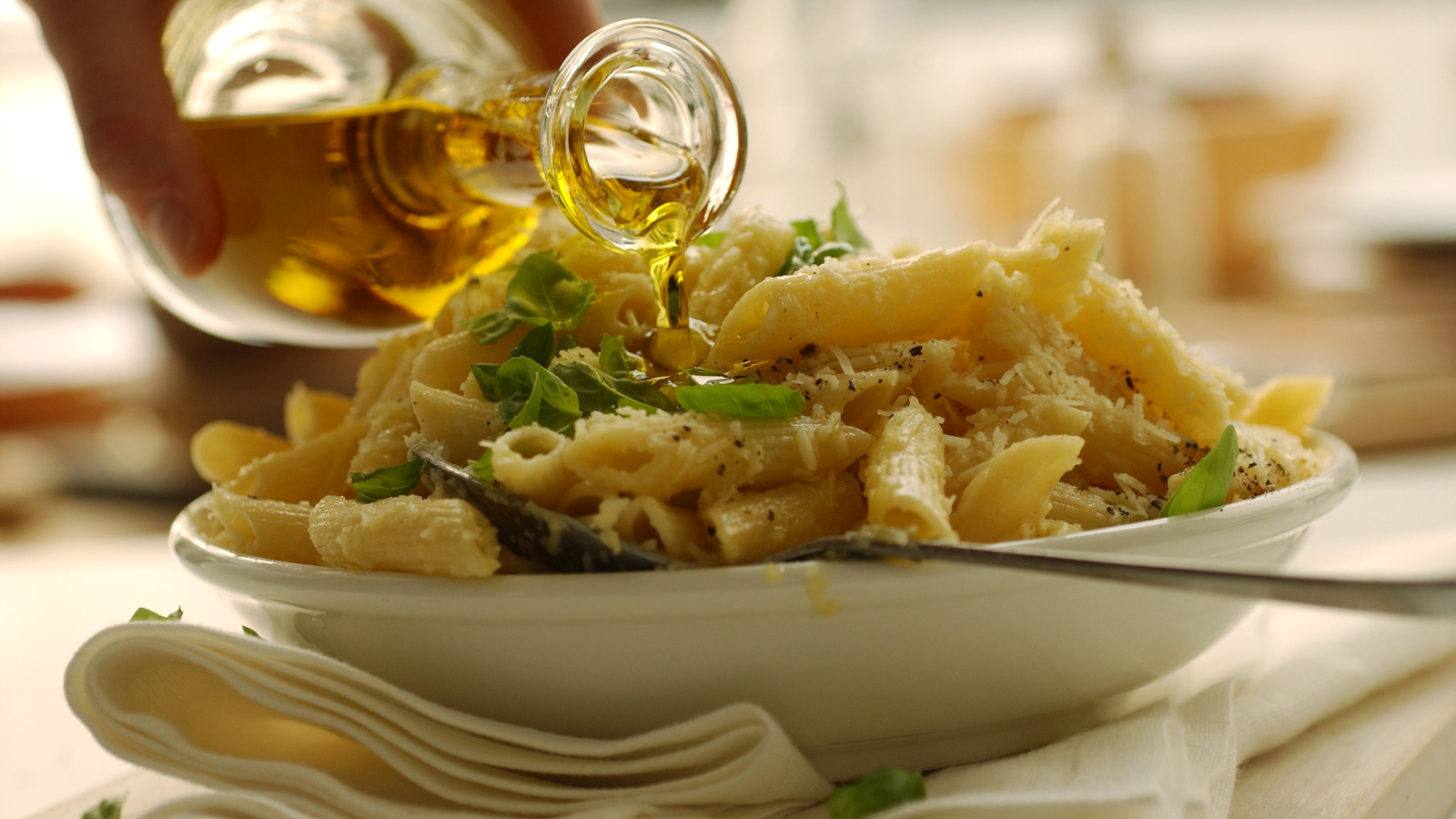
"But while these unique flavor compounds are delicious, they're also volatile, meaning they'll break down at high temperatures. So, instead of thinking of extra-virgin olive oil as a fuel for all things frying and sautéing under the sun, try reframing it as a refined pasta topping, not unlike a high-quality Parmigiano-Reggiano or fresh-grown herbs from the garden. When left uncooked and drizzled atop a pasta dish, it instantly creates more aroma, depth, and balance, tying the dish's flavors together."
"Whether it's sautéing aromatics like onions and garlic or pan-frying proteins, such as meatballs and crispy chicken, olive oil is a kitchen staple. But according to Sarah Grueneberg, chef and owner of Monteverde in Chicago and author of "Listen to Your Vegetables," that's not how extra-virgin olive oil (EVOO) should be handled. For her, its best (and only) job should be for a finishing touch."
Extra-virgin olive oil contains complex, volatile flavor compounds that can be buttery, floral, peppery, or grassy. Heating extra-virgin olive oil breaks down those delicate compounds and reduces its fruity and nuanced notes. Using extra-virgin olive oil as a finishing oil preserves its aroma and layered flavors. Drizzling extra-virgin olive oil over pasta, meats, fish, or vegetables adds immediate aroma, depth, and balance. Neutral cooking oils like vegetable or canola oil are better suited for frying and sautéing where high heat is needed.
Read at Tasting Table
Unable to calculate read time
Collection
[
|
...
]